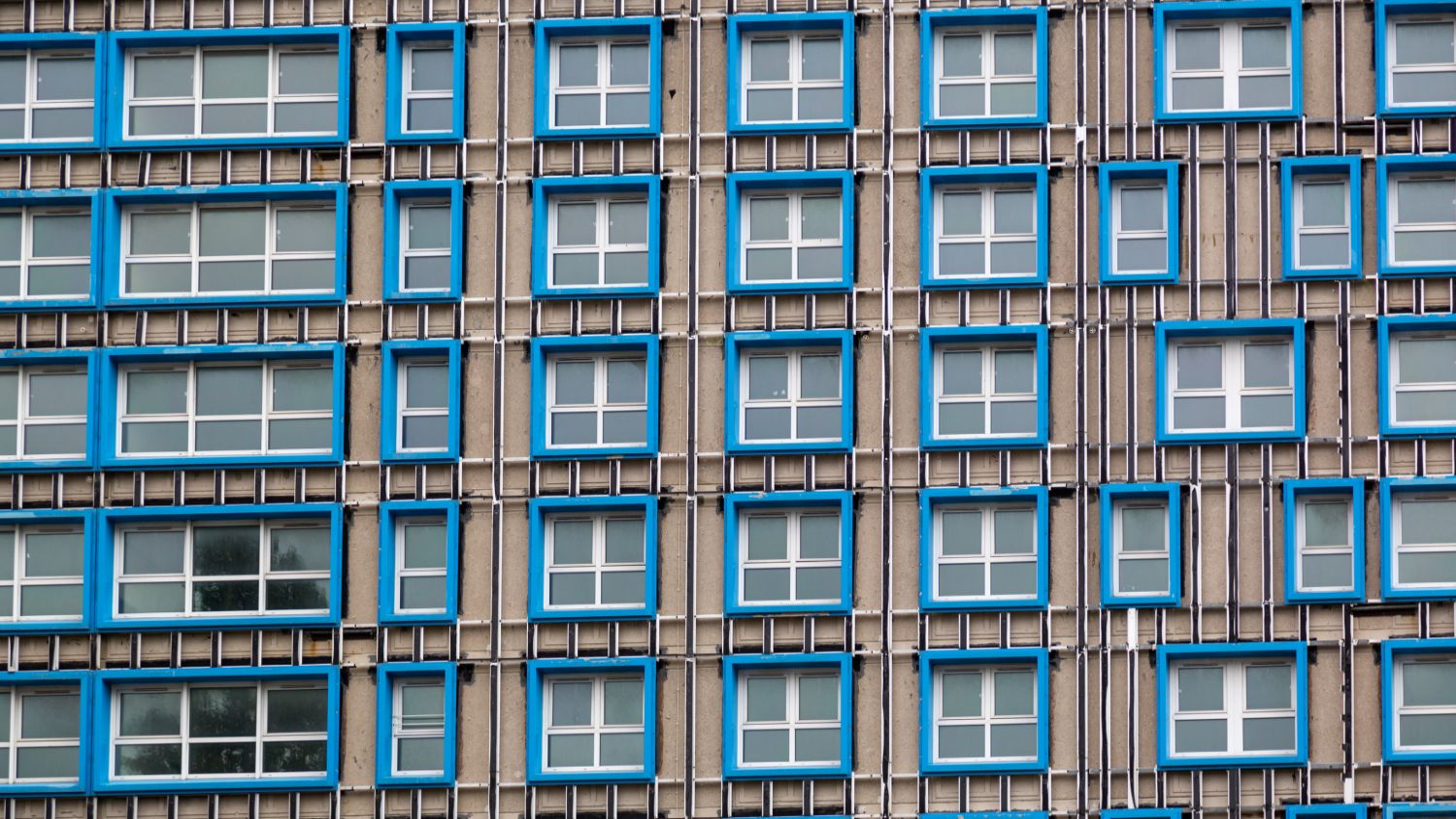
Student accommodation developer Unite is to remove high-pressure laminate (HPL) cladding on 22 high-rise buildings and replace it where it fails to meet regulations, at an expected cost of £96.4m.
Unite said it had conducted a review of HPL cladding and that all of its properties had been independently reviewed by fire safety experts and confirmed as safe to operate and occupy.
The business revealed the move in its half-year results to 30 June 2021 and said it expected it to cost £96.4m, of which it expects to pay a £45.2m share, to be incurred over the next 12-36 months, of which £27.7m is in respect of wholly-owned buildings. It added it would mitigate the costs of cladding replacement through claims from contractors under build contracts where appropriate and said it was confident of “recovering a proportion of our replacement costs”.
In a statement on fire safety, Unite said: “Fire safety is a critical part of our health and safety strategy and how we operate as a responsible business. We are committed to going above and beyond minimum standards to provide a safe and secure environment for our students and employees.
“We were one of the first companies to take action to remove aluminium composite materials (ACM) cladding from our buildings where needed and, in line with government advice, have undertaken a thorough review of the use of high-pressure laminate (HPL) cladding on our properties.”
In 2019, government experts warned that some cladding systems featuring certain types of HPL panels, particularly when combined with combustible insulation, should be dealt with “immediately”.
A note issued by the Ministry of Housing, Communities and Local Government (MHCLG) told building owners that the BS 8414 test of a cladding system comprising an HPL panel with fire retardant (Class B-s1, d0) together with stone wool insulation achieved the performance criteria and can be considered safe on existing buildings, albeit depending on how it was fitted.
But it warned that HPL panels of a European classification of Class C or D were “very unlikely” to resist the spread of fire adequately. Systems using any type of HPL panels (Class B, C or D) combined with combustible insulation were also very unlikely to resist fire spread, it warned.










